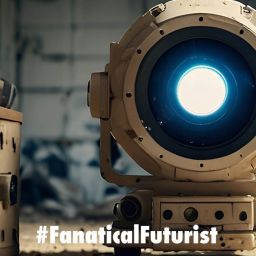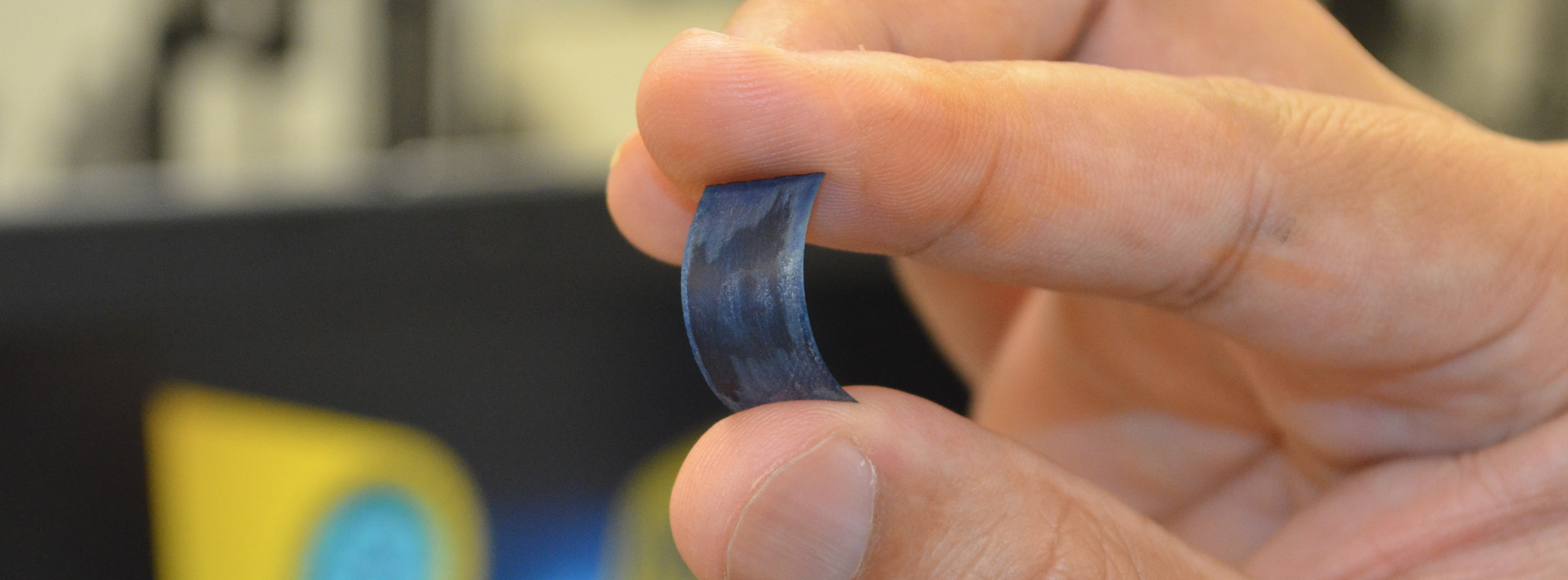
WHY THIS MATTERS IN BRIEF
The world is storing more data than ever before and that’s a trend that will only increase, so we need revolutions in storage not evolutions.
Recently we’ve seen breakthroughs in storage technology that allow us to pack more than 215 Petabytes of information into a single gram of DNA, and now another breakthrough, this time in solid state storage means we have a way to store over 140 terabytes of information on a wafer no larger than a postage stamp, which is a staggering thousand fold increase on today’s best tech. And it’s all thanks to a new technique developed by a team of scientists from the University of Alberta in the US.
“Essentially, you can take all 45 million songs on iTunes and store them on the surface of one quarter [using this technology],” said Roshan Achal, PhD student in Department of Physics and lead author on the new research. “Five years ago, this wasn’t even something we thought possible.”
In this case, in order to boost solid state memory storage to hitherto insane new levels, the scientists used the same technology they’d developed to manufacture atomic-scale circuits, which let them remove and replace single hydrogen atoms on the fly. The technique also makes the memory rewritable, meaning it could lead to far more efficient types of solid-state drives for computers in the future.
Previous discoveries of atomic scale computer storage, from the likes of IBM who recently showed off their own atom scale storage breakthrough where they stored one byte of data on one atom, were stable only at extremely low temperatures, but importantly the new memory works at real-world temperatures and can withstand normal use.
“What is often overlooked in the nanofabrication business is actual transportation to an end-user, which simply was not possible until now given temperature restrictions,” said Achal. “Our memory is stable well above room temperature and precise down to the atom.”
Achal then explained the technology has immediate applications for archiving data, and that the next steps will include increasing read and write speeds for even more flexible applications.
Achal works with physics professor Robert Wolkow, a pioneer in the field of atomic-scale physics. Wolkow perfected the nanotip technology that allows scientists to manipulate single atoms on a silicon chip – a technology he said has now reached a tipping point.
“With this last piece of the puzzle now in hand, atom scale fabrication will become a commercial reality in the very near future,” said Wolkow whose spinoff company Quantum Silicon is working on commercialising atom scale fabrication for use in all areas of the technology sector, not just in storage.
To demonstrate the new memory, Achal, Wolkow and their fellow scientists encoded the entire alphabet at a density of 138 terabytes per square inch, roughly equivalent to writing 350,000 letters across a grain of rice, and for a playful twist Achal also encoded music reminiscent of video game soundtracks from the ’80s and ’90s.
The research, “Lithography for Robust and Editable Atomic-Scale Silicon Devices and Memories,” appears in the current issue of Nature Communications.















